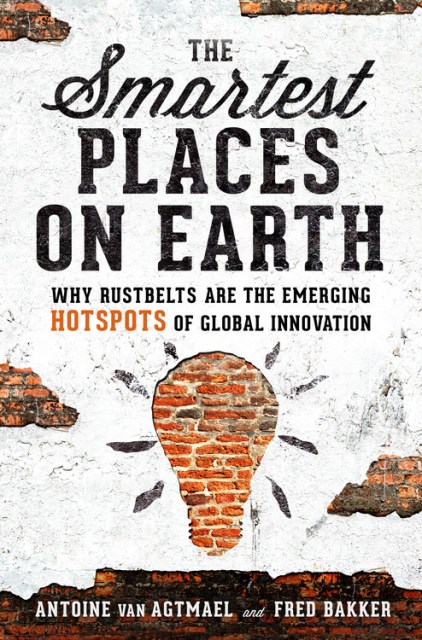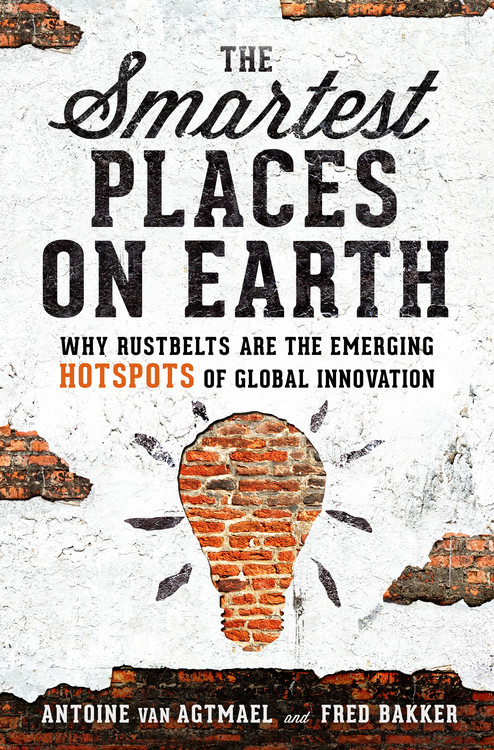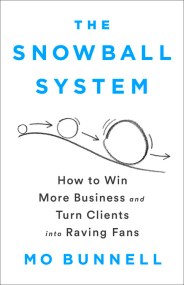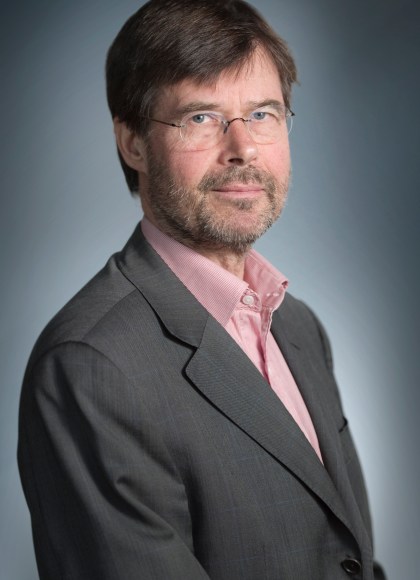Promotion
Use code MOM24 for 20% off site wide + free shipping over $45
The Smartest Places on Earth
Why Rustbelts Are the Emerging Hotspots of Global Innovation
Contributors
By Fred Bakker
Formats and Prices
Price
$17.99Price
$23.49 CADFormat
Format:
- Trade Paperback $17.99 $23.49 CAD
- ebook $11.99 $15.99 CAD
This item is a preorder. Your payment method will be charged immediately, and the product is expected to ship on or around April 3, 2018. This date is subject to change due to shipping delays beyond our control.
Also available from:
Antoine van Agtmael and Fred Bakker counter recent conventional wisdom that the American and northern European economies have lost their initiative in innovation and their competitive edge by focusing on an unexpected and hopeful trend: the emerging sources of economic strength coming from areas once known as “rustbelts” that had been written off as yesterday’s story.
In these communities, a combination of forces — visionary thinkers, local universities, regional government initiatives, start-ups, and big corporations — have created “brainbelts.” Based on trust, a collaborative style of working, and freedom of thinking prevalent in America and Europe, these brainbelts are producing smart products that are transforming industries by integrating IT, sensors, big data, new materials, new discoveries, and automation. From polymers to medical devices, the brainbelts have turned the tide from cheap, outsourced production to making things smart right in our own backyard. The next emerging market may, in fact, be the West.
Genre:
- On Sale
- Apr 3, 2018
- Page Count
- 336 pages
- Publisher
- PublicAffairs
- ISBN-13
- 9781610398169
Newsletter Signup
By clicking ‘Sign Up,’ I acknowledge that I have read and agree to Hachette Book Group’s Privacy Policy and Terms of Use








